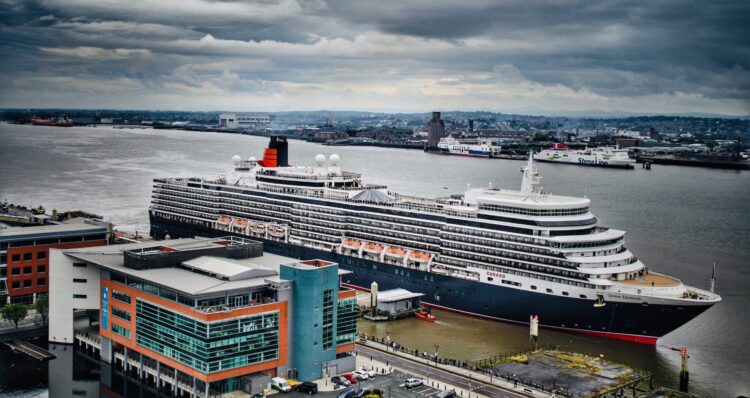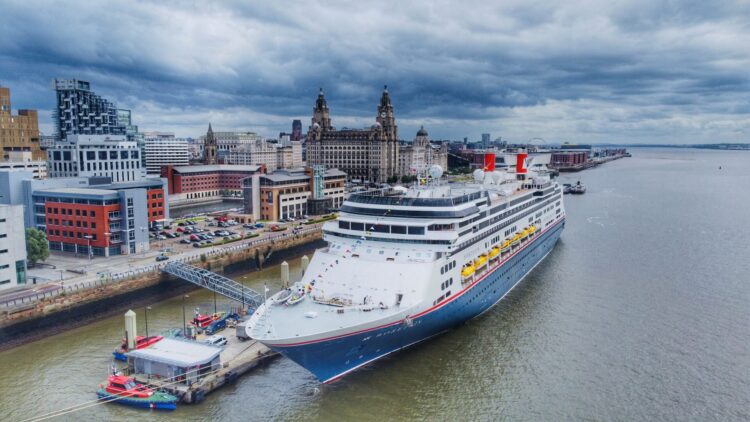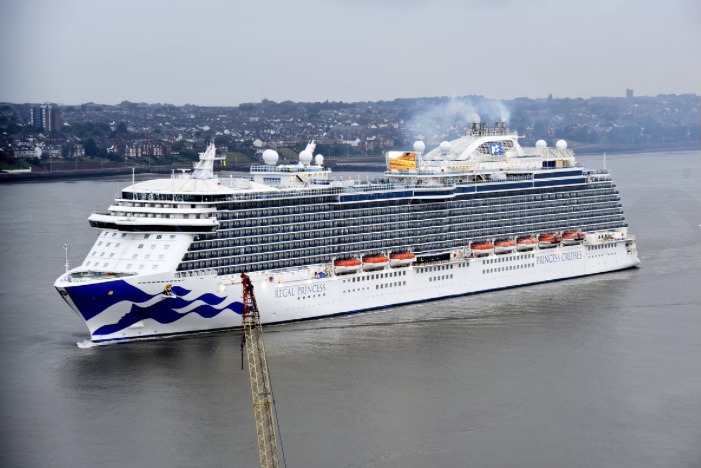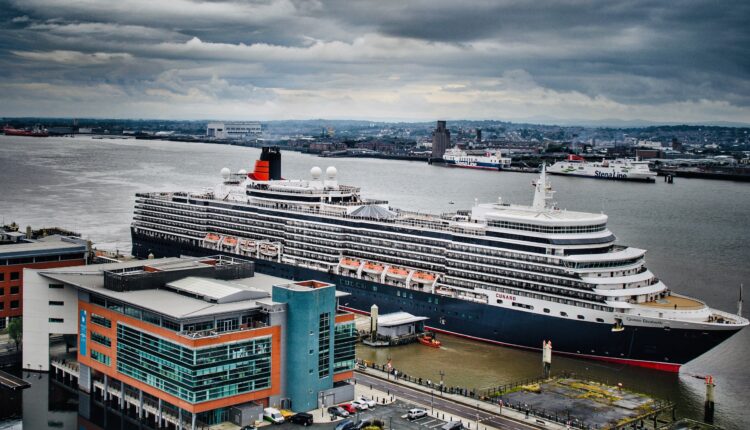Uncertainty in the global cruise market following the COVID-19 pandemic means a decision on Liverpool’s new cruise line terminal could still be two years away. Tony McDonough reports

A decision on whether or not Liverpool goes ahead with plans for a new £50m cruise terminal may not be made until 2024.
In August 2021 it was announced at a Liverpool City Council meeting that it would not be until 2023 that the authority was in a position to decide any final design and location of the new terminal, which would likely cost more than £50m.
However, LBN has learned that even next year may be too soon and the decision may be pushed back another year to 2024. One of the critical factors in the decision is how well the cruise market recovers from the COVID-19 pandemic.
Prior to the pandemic the cruise industry was on an upward trajectory with passenger numbers soaring. At the start of 2020, the team at Cruise Liverpool were getting ready for what would be the current terminal’s busiest year since it opened in 2007.
However, in March 2020 the £100bn industry ground to a halt. Of the 400 or so large cruise vessels sailing across the world around 90% were berthed indefinitely. Major cruise operators were forced to take on billions in extra debt to survive.
Last summer there was a strong recovery with more than 100 cruises returning to Liverpool, bringing 80,000 passengers to the city. This year the terminal will once again welcome more than 100 cruise calls, providing an estimated £15m boost to the city.
However, LBN understands that a significant number of passengers sailing on ships this summer are taking trips that were originally booked during the pandemic and therefore there is still limited visibility on how many new cruises are being booked.
This means Liverpool City Council may not be able to properly assess the level of demand for cruises until at least the end of the 2023 summer cruise season or maybe even the 2024 season. So a definite decision is unlikely until at least 2024.
The cruise industry itself is upbeat about prospects. At the end of April the Cruise Lines International Association (CLIA), the world’s biggest cruise industry body, said passenger numbers were likely to exceed pre-pandemic levels by the end of 2023. They are projected to be 12% high than before COVID by the end of 2026.
Consequently the industry is continuing to order new vessels. More than 40 are taking to the seas for the first time this year alone and more than 75 new ships are on order through to 2027.
Kelly Craighead, president and chief executive of the CLIA, said: “Cruising is accessible, responsible, and experiential – making it the best way to see the world for people of all ages and interests. With the support of an incredibly resilient community, the future of the cruise industry is bright.”
However, there are significant headwinds. Both in the UK and across the world inflation is on the rise due to impact of the pandemic and the war in Ukraine. This is squeezing disposable incomes which could hit cruise bookings. Cruise lines may also be forced to push up prices as they grapple with the debt they have taken on and soaring fuel costs.
In the decade before 2020, Liverpool city region’s visitor economy had ballooned to be worth more than £5bn a year. Building a new cruise terminal to capitalise on this growing demand seemed like a no-brainer.
Existing plans for the new permanent facility, backed by Liverpool City Region Combined Authority, would see a 100,000 sq ft terminal building constructed on two floors; the ground floor being the baggage hall and entrance lobby. The first floor would include the passenger lounge, check-in area and cafe.
It would be connected by a pedestrian and vehicular link-span bridge to the existing cruise ship landing stage. The plans also include a 200-bed hotel at Princes Dock Liverpool Waters, close to the terminal building.
Once completed, the terminal would replace the existing facility and will enable the world’s largest cruise ships (up to 3,600 passengers) to embark and disembark at Liverpool. It was expected to directly create more than 500 new jobs. It was originally due to be operational by this year.


In February, the chief executive of industry body Mersey Maritime, Chris Shirling-Rooke, urged Liverpool City Council to press on with the project. He explained: “Liverpool has made phenomenal progress over the past decade but, if we fail to invest in our key engines of growth, then we could face decades of decline.”
He added that last year Southampton, which has been Liverpool’s bitter rival when it comes to cruise ship business, had raced ahead by opening its new £55m Horizon Cruise Terminal which offers solar panels and plug-in charging for vessels.
However, the city council is facing its own battles which may hamper its ability to part-fund and deliver a project on the scale of the cruise terminal. Its finances had already deteriorated badly due to a decade of Government cutbacks and now a debacle over its electricity supply deal could cost the city an extra £16m.
There is also a growing concern among councillors of all parties about carbon emissions. Having declared a ‘climate emergency’ a number of members are taking a hardline approach to cutting emissions.
In recent months Liverpool John Lennon Airport has been the target of councillor criticism due to aviation emissions and the city council has responded by declining an opportunity to invest in new facilities.
Against the backdrop of the rush to decarbonise, Green councillors in Liverpool have already questioned whether welcoming cruise ships, among the biggest emitters of carbon in the world of transport, fits in with the city’s sustainable targets.
The cruise sector is taking decarbonisation seriously but zero carbon cruise ships are still some way off. There has been a wide adoption of liquefied natural gas to replace traditional marine fuel, cutting emissions by 20%, but the sector will need to accelerate its efforts if it is to reach its sustainability goals.
A spokesperson for Liverpool City Council told LBN that the number of cruise ships arriving in the Mersey was testament to how buoyant the current cruise season was and that it was continuing to monitor the market to assess the long-term viability.

